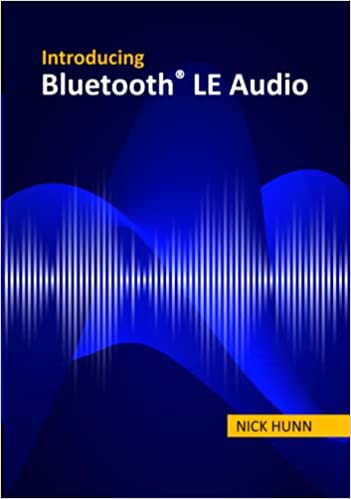Fortunately, not many young teenagers get stranded in the wilderness; fewer still come back inspired to use technology to prevent it from happening to anyone else. But that’s what happened to Sara Du, the winner of this year’s Student category for the Imagine Blue awards and creator of the Bluejay device.
Sara wound up stranded due to a technology failure. “A few years ago, I volunteered at an event,” she explains, “in this little valley between the mountains…After the event, everybody started to leave and I texted my dad to have him pick me up…When everybody was gone, I took out my phone and boy was I in for a surprise. I saw that little red exclamation mark, aka the message not sent symbol, and started freaking out…It was getting dark and the park was literally in the middle of nowhere, so it was a pretty scary experience. Long story short, [I] managed to reach my dad after an hour. While I was stranded, I was thinking that if I managed to survive, I’d find a way to get rid of this problem.”
Sara says of herself, “If I’m not a techie then I don’t really know what I am.” Perhaps that’s why she turned to technology to solve the problem she encountered that day in the mountains. “When I started learning to code, I was really interested in wireless communication,” she explains. She already had a strong interest in the hardware side of her invention: drones. “Besides making software, I also really love building and flying drones. Ever since I was little I’ve been fascinated with the concept of flight. My dad used to take me to the local airport just to watch the planes.”
The intersection of her interests eventually led to Sara’s prize-winning idea. “I’ve always been an outdoorsy person, so I often go on hikes in the mountains where there’s no cell signal. The idea of a project which combined drones and wireless communications was what made me think of the concept…I was influenced by my experience to create Bluejay, a software/hardware combination that’s able to find missing people!”
Bluejay is a drone that uses an onboard Intel Edison computer and Bluetooth® technology to communicate with both people in need of rescuing and rescuers; it’s intended for use in situations with lost hikers or other stranded folks, as well as in natural disasters like floods, earthquakes, fires, and more. While wifi and cellular service can fail in situations like these, Bluetooth would still function, Sara explains, so the Bluejay drone could still communicate with cell phones and facilitate rescues.
Although we wouldn’t be surprised if Sara had been programming iOS apps since she could use a computer, in fact she’s only been coding for about two years. “I rarely used technology in elementary and middle school,” she says. “I spent more time playing in the mud than surfing the web…That changed when I moved across the country and found myself in a more fast-paced environment. I stumbled on the tech community over here and fell in love with technology. As I learned more about virtual reality, artificial intelligence, etc., I started to see huge potential for these technologies in everyday life. That’s what motivated me to teach myself how to program and start building technology with people in mind.”
What’s required to teach oneself how to program? We think it has a lot to do with Sara’s keen interest in problem-solving and analysis, exemplified by the way she correlates her two favorite school subjects. Calculus and English, she says, are “more similar than many people would think…With Calculus, writing proofs is just like writing a literary analysis in English. Although I prefer the problem-solving aspect of Calculus and the sense of accomplishment I get when I figure something out, I also think that analyzing a passage can be interesting because of the many deeper meanings that I can find under the words.”
Sara also has a strong family background in technological versatility. “My grandfather has been an inspiration for me since as long as I can remember,” she tells us. “Even though he’s nearing 90, he’s still able to keep up with the latest in technology. While many of my peers don’t even know what a VPN is, my grandfather has taught himself how to jump over China’s Great Firewall so that he can browse the web freely. As a retired professor of physics, he still has a deep knowledge of the basic laws of sound; those never change. But, what I respect about my grandfather is his curiosity and willingness to learn. If he can do it, then what’s stopping me from innovating?”
Innovation is the perfect description for what Sara likes to do: Bluejay started out as a side project for her. “I’ve been working on Bluejay for around half a year now,” she says. “I’d come home from school on the weekdays and spend a couple of hours a week…[I] enjoyed the process because it was a good way to forget about school and stress. Today, working on Bluejay is still a fun hobby of mine and I try not to take myself too seriously, although it is a great honor to be a finalist for Imagine Blue.”
Sara’s no longer a finalist, though: we’re delighted to name her as the overall winner for the student category – where she will receive a $5,000 USD cash prize. We are proud to be part of her groundbreaking new technology. Congratulations to Sara, and to all the Imagine Blue student finalists!

![Forbes Predictions article 72 dpi 1300 x 680 px 768x402[1]](https://www.bluetooth.com/wp-content/uploads/2024/04/Forbes-Predictions-article-72-dpi-1300-x-680-px-768x4021-1-660x345.png)


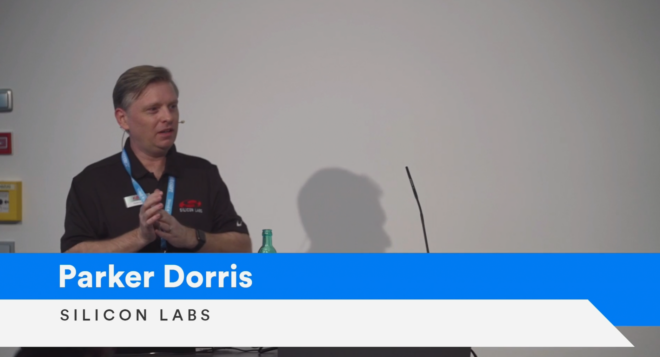
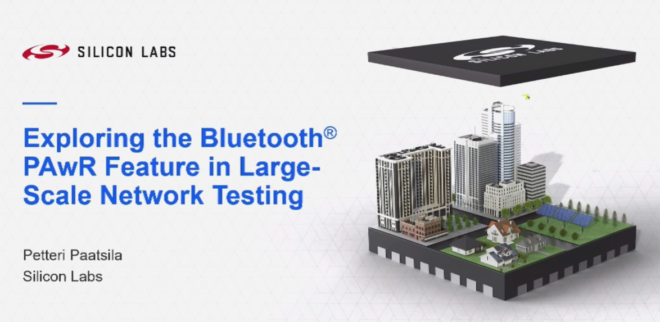
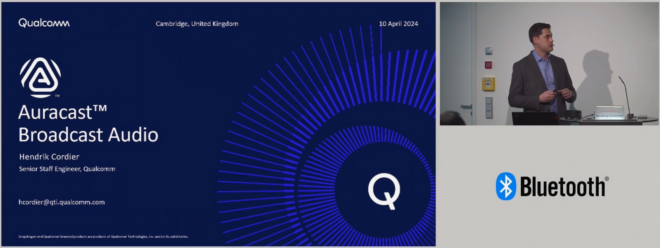

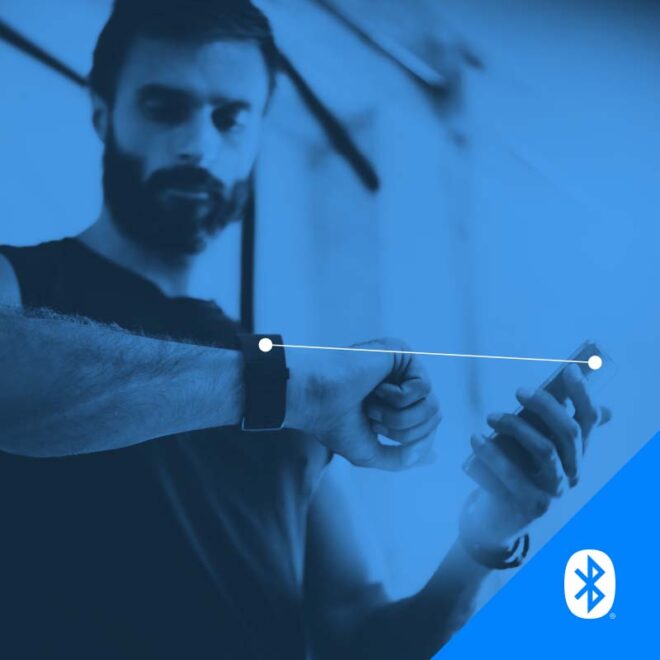
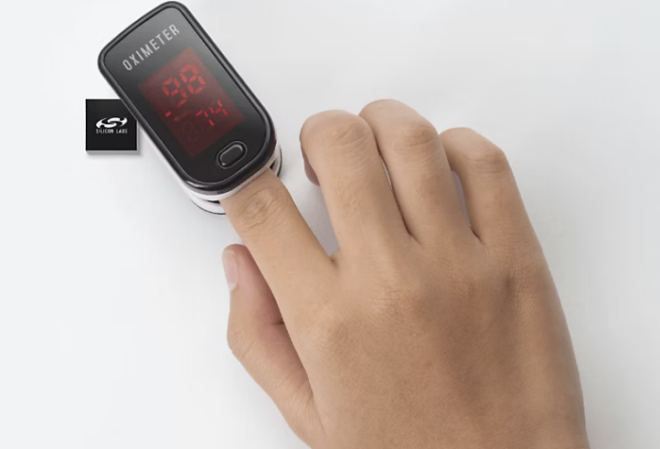
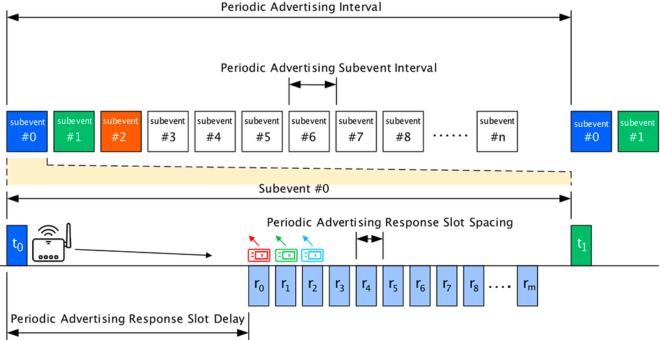





![ABI Growth Chart.png 815076338[1]](https://www.bluetooth.com/wp-content/uploads/2024/03/ABI_Growth_Chart.png_8150763381-660x384.png)

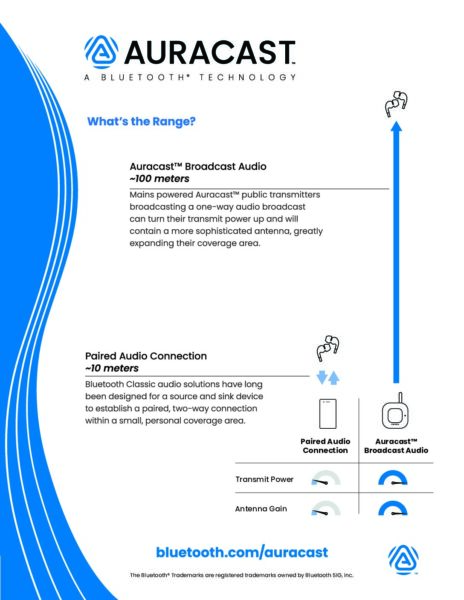
![2312 CES Handout Images FINAL existing pdf 464x600[1]](https://www.bluetooth.com/wp-content/uploads/2024/01/2312_CES_Handout-Images_FINAL-existing-pdf-464x6001-1.jpg)
![2312 CES Handout Images FINAL unlimited pdf 464x600[1]](https://www.bluetooth.com/wp-content/uploads/2024/01/2312_CES_Handout-Images_FINAL-unlimited-pdf-464x6001-1.jpg)



